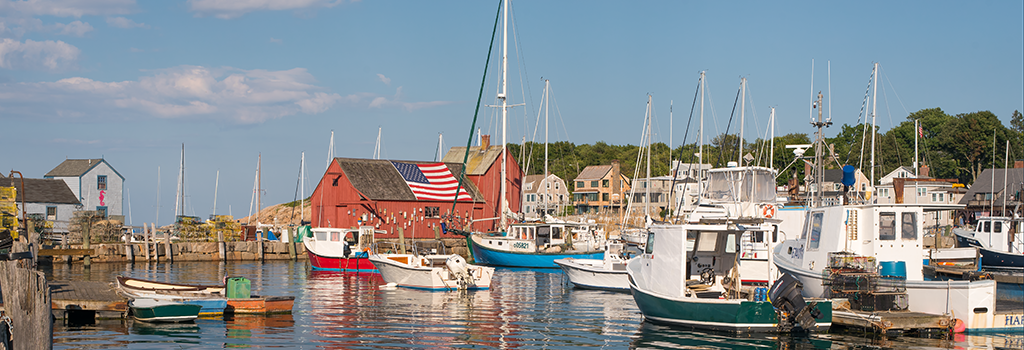The answer is YES! Carbon monoxide is a colorless, odorless, and poisonous gas produced in your home as a result of incomplete burning of fuels such as natural gas, wood, oil, kerosene and propane gas. These are all prevalent in this region and can occur in fireplaces, gas stoves, and dryers as well as home heating systems.
During the winter season, heating systems are using more of these fuels while at the same time your house is less likely to be well-ventilated. These are prime conditions for carbon monoxide build-up and is another reason to have your heating system tuned up for efficiency and flues and chimneys checked for blockage or breaks.
Symptoms of carbon monoxide poisoning include headaches, dizziness, and nausea which are more severe while in the house and diminish when out in fresh air.
Carbon monoxide detectors should be installed outside the bedroom areas and in every level of living space. Don’t install detectors near heating or cooking appliances or in humid areas like bathrooms. More sophisticated digital detectors continuously measure the level of carbon monoxide rather than simply sounding an alarm with increased levels. Plug-in or wired detectors should have battery back-up and all devices should be tested regularly (at least once a month during the heating season). If a detector alarm sounds, be sure to open windows to ventilate the house and get fresh air. Suspected sources of carbon monoxide should be immediately checked by a professional technician.




